
Taking your little ones on outdoor adventures is a great way to bond and introduce them to the wonders of nature.
There’s something gratifying about putting the devices down and stepping out into the wild. If only for a few days – or maybe even a few hours.
On the other hand, it can also be a great way to induce tears (at times, both for parents and children), leaving you regretting the decision ever to leave the safe confines of your home.
“Where are we going?”
“Are we there yet?”
There almost certainly will be some frustrations along the way, but life is about the journey.
The research is solid as well. The advantages of children playing outside are too great to be ignored.
In the end, the moments are all we’re left with, and there are tons of them to be made with your little ones out in nature waiting to be discovered.
In this article, we’ll provide practical tips to ensure your outdoor experiences are both safe and enjoyable for the entire family.
4 Steps to Fun and Safe Outdoor Adventure!
1. Preparing for Your Adventure
Life after kids might not be as full send as you’re used to, but there are still many ways to get out and reasons to get excited.
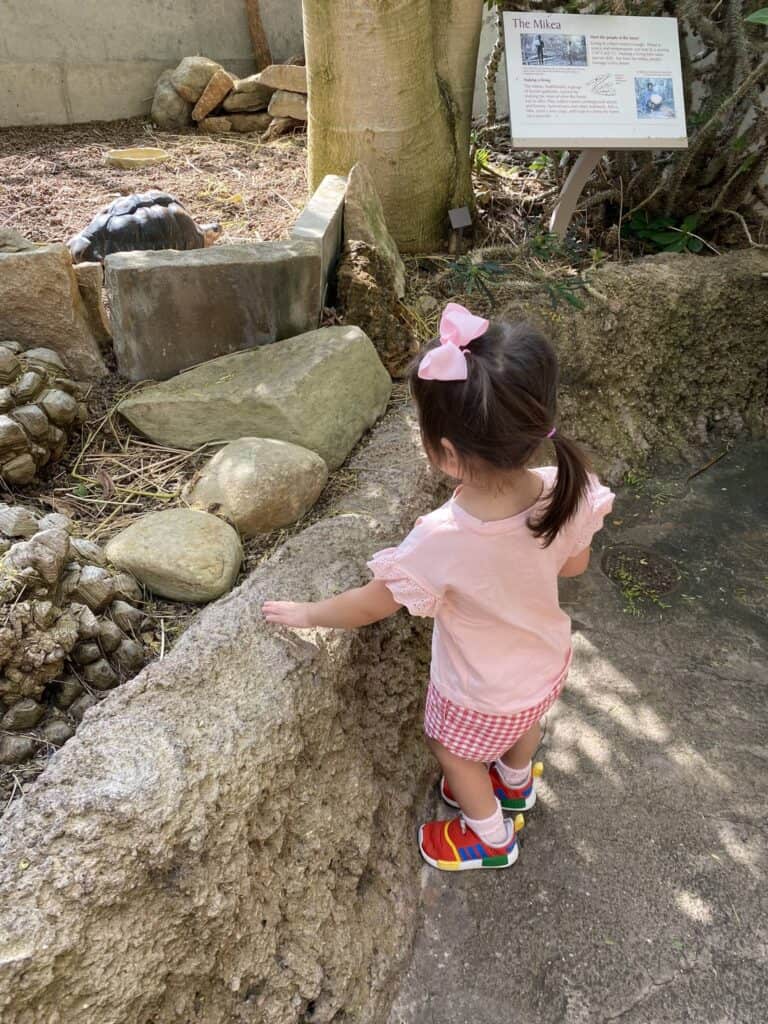
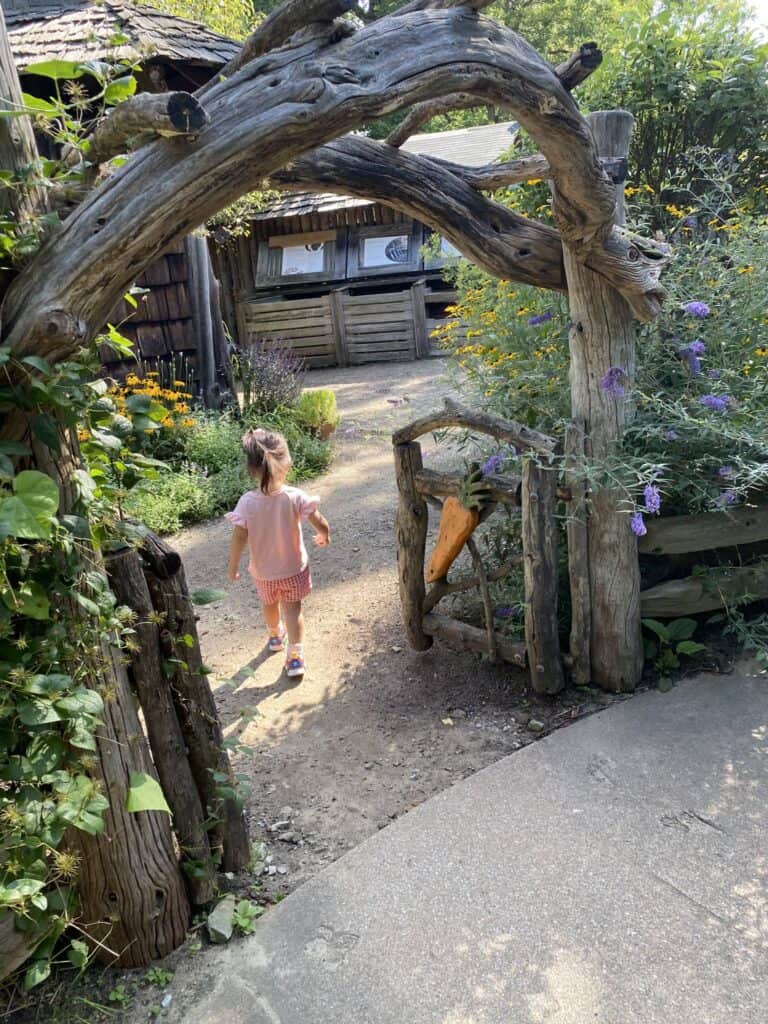
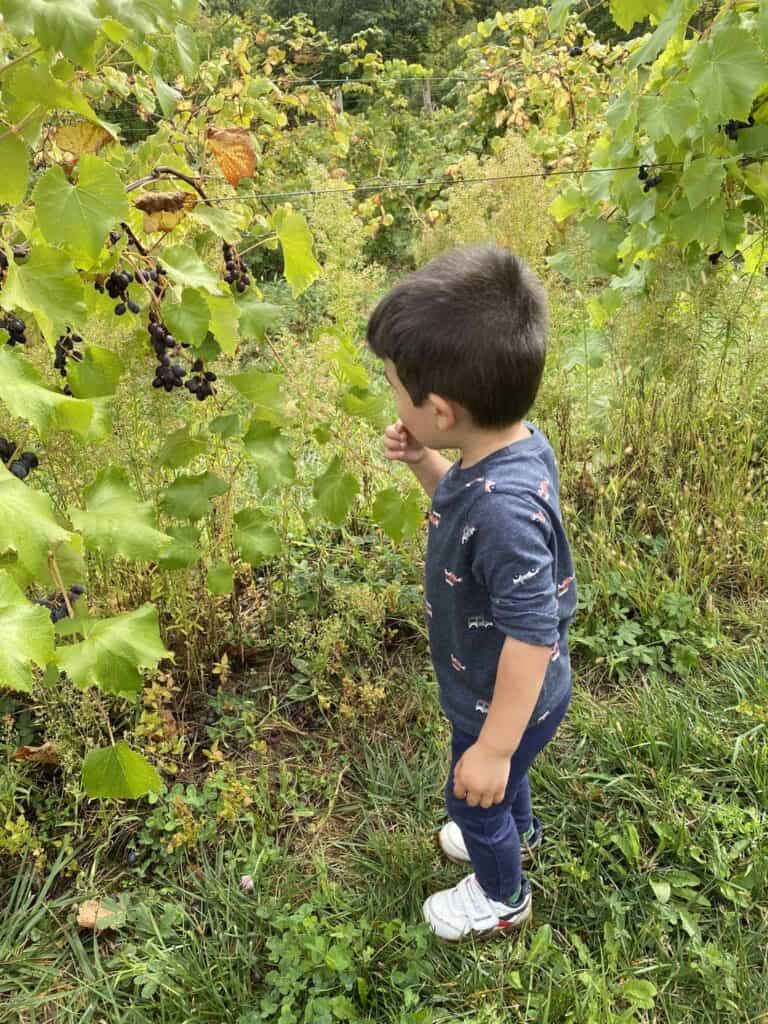
Plenty of adventures can be found right in your backyard, regardless of where you live.
Everything is easier if you can just get outside.
It doesn’t always have to be some elaborate, mapped-out excursion. Sometimes the best activities happen spur of the moment.
While not all nature outings require a ton of preparation, there are a few suggestions you should consider to keep everyone out of danger and stoked on the possibilities.
Before heading out, it’s important to put some thought into your adventure.

- First, choose a location that is family-friendly and suitable for young children. Closer excursions could include orchards, gardens, zoos, beaches, woods, caves, or wildlife refuges. National parks, nature reserves, and local trails often have designated areas for families.
- Check the weather forecast and dress appropriately. Forgetting rain jackets or umbrellas in a downpour will almost certainly make for a bad time. Try layering clothes for temperature changes, especially with children.
- Pack essentials such as water, snacks, sunscreen, more snacks, and a first aid kit (don’t forget the snacks).
2. Essential Gear for Outdoor Safety
Ensuring your child’s safety is paramount during outdoor activities. Beyond safety, there are also some creature comforts that will keep the whole family satisfied.
Here are some must-have items:
– Backpack: You need somewhere to store it all, a good backpack or diaper bag can help you find what you need on the fly. For the spontaneous parent, keep a bag stocked and ready to go (outside of perishable items).
– Nutrition: It’s no secret kids love snacks. Bring a bunch and try to include those with high protein levels to keep everyone energized on the trek. Think trail mix and whole grain crackers. Pack some lunch and scope out a good spot to stop for a picnic.
– Proper Attire: Layers of clothes work great for youngsters (and parents). Consider your destination and the weather — dress accordingly. An extra set of clothes or towels is never a bad idea.
– Hydration: Fill up those water bottles and stock the cooler. If you plan on being out for an extended period, be sure to bring plenty of water and drinks.
– Sturdy Footwear: Clogs and sandals are great, but maybe not for hiking. Choose the right footwear for the right circumstance. Protect your child’s feet with comfortable, durable shoes.

– Sun Protection: Use hats, sunglasses, and sunscreen to shield from UV rays. Roll on UV sunscreen sticks mean hands stay clean when applying.
– Bug Repellent: Choose child-safe repellents to keep insects at bay.
– Identification: Equip your child with an ID bracelet or tag in case you get separated.
– Tools: For the day trip, you may not require a full toolkit, but consider bringing a multitool or pocket knife. They can certainly come in handy out in the wild.
– Emergency Contact Information: Always have your phone and emergency numbers handy.
– Navigation: Your phone is your GPS, for longer adventures, make sure you’ve got enough battery life. Don’t turn down a free map at the welcome center.
3. Fun Activities to Engage Your Child
All right, so you’ve decided to get out in it, but how do you keep everyone entertained? There are a lot of different activities for the exploring family, ranging from a bit of prep-work to absolutely none at all.
Make your outdoor adventure exciting and educational with these activities:
– Nature Scavenger Hunt: Create a list of items for your child to find, like leaves, rocks, or flowers. Depending on age, this could be as easy or difficult as you’d like. A few gimmies mixed in with a few harder-to-find wildlife creatures.
– Bird Watching: Bring a simple guidebook and binoculars to spot and identify different birds. This one is good for kids of all ages, again varying in difficulty and level of detail depending on your family.
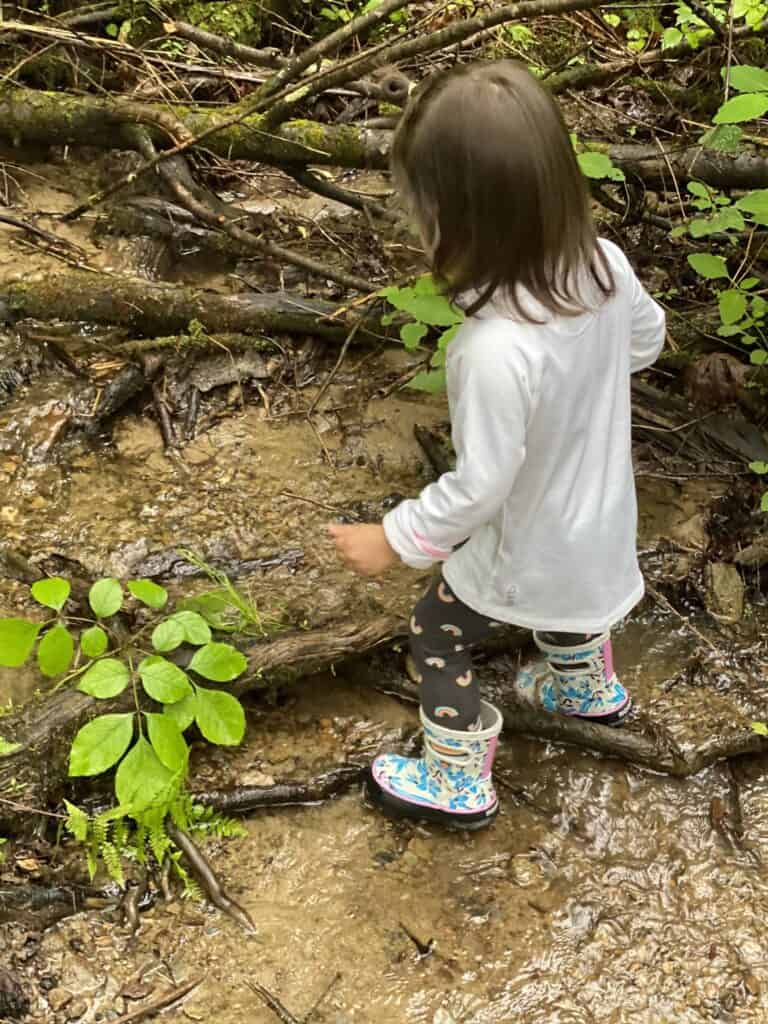
– Nature Walks: Paved trails lend themselves to strollers and wagons. Kids don’t necessarily need to get out and run around to enjoy the benefits of being outdoors. “What do you hear?” “What do you see?” The sights and sounds of the environment all around can ignite curiosity.
– Storytime in Nature: Find a cozy spot to sit and read a nature-themed book together. The right story, mixed with the right atmosphere can lead to some wonderful memories.
– Geocaching: A smartphone (and a free app) will allow you to participate in this global treasure hunt. Recommended for children over 5 years old, check out Geocaching locations around you and have fun discovering hidden treasures!
– Nature Art: Collect natural materials like sticks, leaves, and stones to create art projects. Pipe cleaners can be great for tying twigs together or hanging elements on trees.
– Bug Hunting: Bring a magnifying glass and let kiddos explore insects like never before. Plastic containers or old jam jars make for great observation booths.
– Nature Journaling: Children can choose to write poems or draw pictures; the idea is to get lost in the experience.
4. Tips for Ensuring a Safe Experience
Safety should always be a priority during your outdoor adventures. Here are some tips to keep in mind:
– Stay on Marked Trails: Stick to designated paths to avoid getting lost. Don’t attempt anything beyond the skill level of everyone in the family.
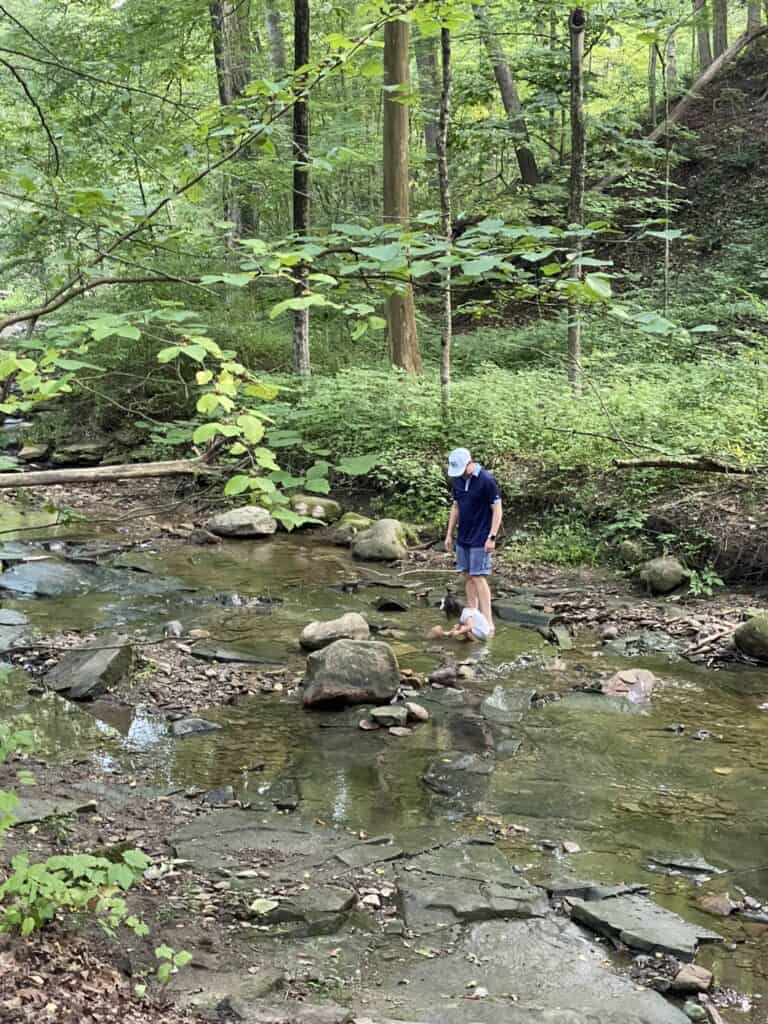
– Keep a Close Eye: Always supervise your child closely, especially near water or steep areas. Taking risks is a key element for children being outdoors, but nothing too risky that can lead to serious injury.
– Teach Basic Safety: Educate your child on staying close, not touching (or eating) unknown plants/berries, and what to do if they get lost.
– Hydrate and Rest: Ensure frequent water breaks and rest periods to keep everyone energized and comfortable.
Conclusion
Exploring nature with your little one can be a delightful and memorable experience. Overall, the danger level might need to be toned down a notch. By preparing adequately, bringing essential safety gear, engaging in fun activities, and following safety tips, you can create a positive outdoor adventure that your child will cherish.






